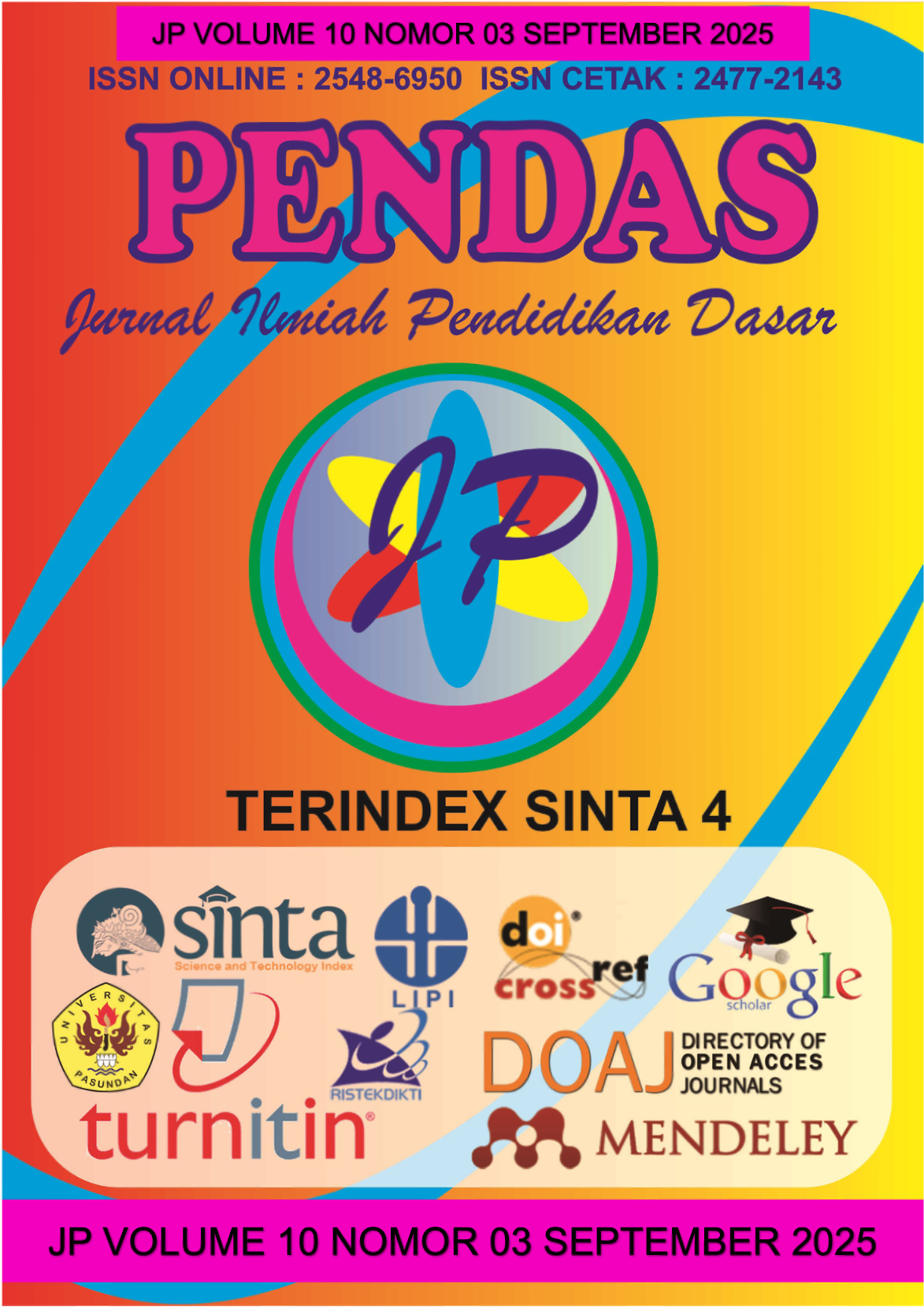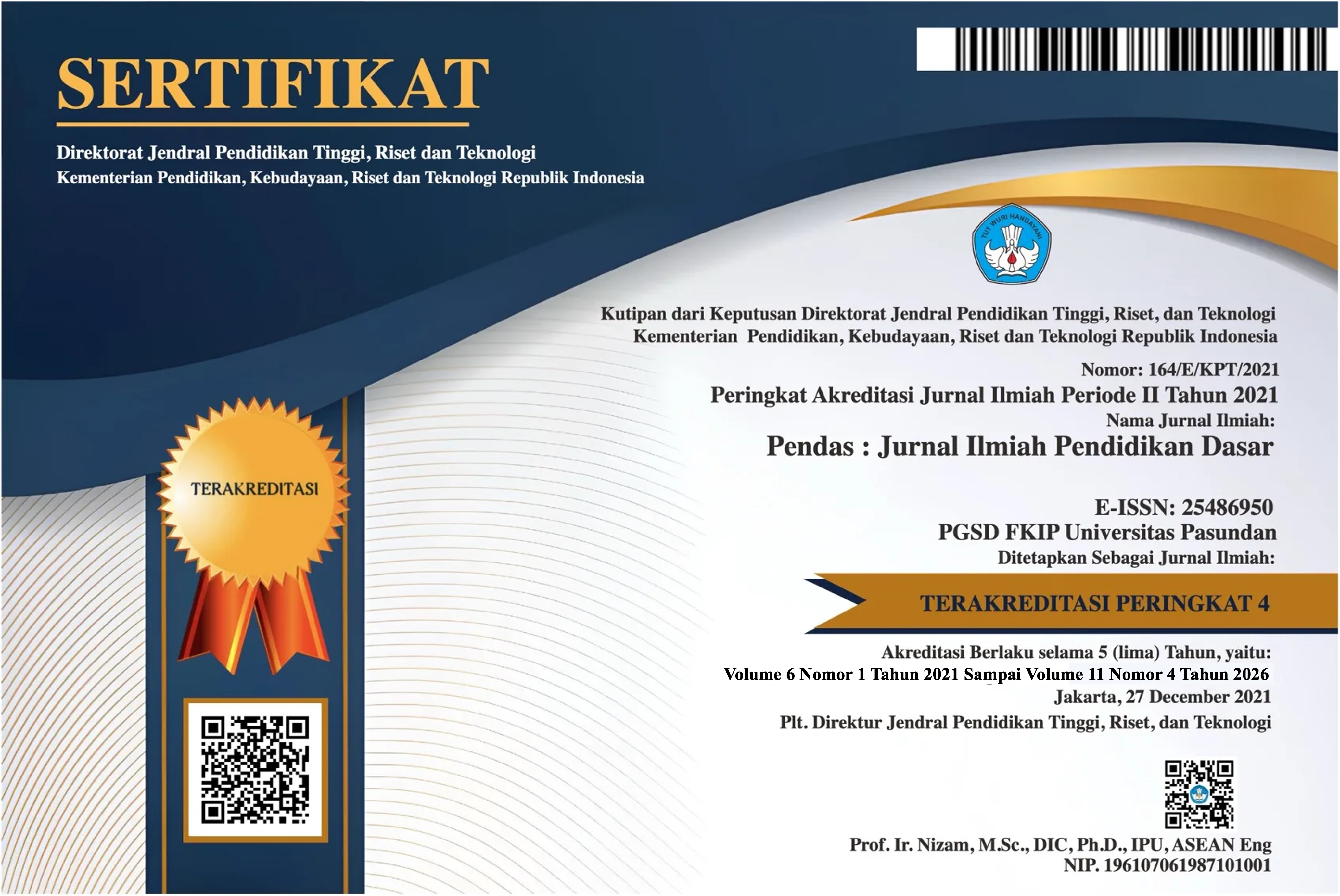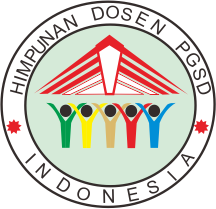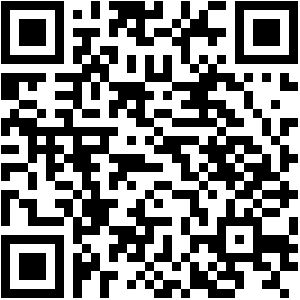PENGGUNAAN MEDIA KOTAK BAPER (BELAJAR PERKALIAN) BERBASIS KEARIFAN LOKAL UNTUK MENINGKATKAN KEMAMPUAN PERKALIAN DI KELAS 3 SD NEGERI 3 PASIRIPIS
DOI:
https://doi.org/10.23969/jp.v10i03.31816Keywords:
multiplication, learning media, BAPER box, local wisdom based learningAbstract
This study was conducted with the aim of improving students' multiplication skills
using local wisdom-based BAPER box media in grade 3 SD Negeri 3 Pasiripis,
Surade, Sukabumi in the 2024/2025 school year. The type of research used is
Kemmis and Mc Taggart model of classroom action research which consists of four
stages, namely planning, implementation, observation, and reflection. The subjects
of this study were 3rd grade students of SD Negeri 3 Pasiripis, totaling 25 students.
Data collection techniques used observation and tests. The data that has been
collected is then analyzed descriptively and presented in the form of tables and
graphs. From the results of the multiplication ability test conducted at the end of
each cycle, it is known that the students' multiplication ability has increased every
cycle. The average value obtained in the pre-cycle was 56.3 then increased by 11.1
so that in cycle I the average value obtained was 67.4. In cycle II, the average value
increased again by 10.2 so that the average value obtained in cycle II was 77.6. In
the pre-cycle the classical completeness reached 40% and was included in the
criteria less. In cycle I, there was an increase of 24% so that the classical
completeness in cycle I was 64% and was included in the sufficient criteria. In cycle
II, there was an increase of 32% so that in cycle II the classical completeness was
96% and included in the good criteria. It can be concluded that the use of BAPER
box media can improve the multiplication skills of elementary school students.
Downloads
References
International Journal of Instruction,
15(1), 243–260.
https://doi.org/10.29333/iji.2022.1511
Sciences. Asia Society.
https://doi.org/10.13140/RG.2.2.2679
2.57606
4a
Facione, P. A. (2015). Critical
Thinking: What It Is and Why It
Counts. Millbrae, CA: Insight
Assessment. Retrieved from
https://www.insightassessment.com/
Gunawan, I. (2017). Model
Pembelajaran: Teori dan Praktik di
Tingkat Pendidikan Dasar. Jakarta:
Kencana.
Osborne, R., & Freyberg, P. (1985).
Learning in Science: The Implications
of Children's Science. Auckland:
Heinemann Educational Books.
Pedaste, M., Mäeots, M., Siiman, L.
A., de Jong, T., van Riesen, S. A. N.,
Kamp, E. T& Tsourlidaki, E. (2021).
Phases of Inquiry-Based Learning:
Definitions and the Inquiry Cycle.
Educational Research Review, 14,
47–61.
https://doi.org/10.1016/j.edurev.2015.
02.003
Wiliam, D. (2018). Embedded
Formative Assessment (2nd ed.).
Bloomington, IN: Solution Tree Press.
Yulianti, L. (2021). Penerapan
Pendekatan Konstruktivisme dalam
Pembelajaran IPA untuk
Meningkatkan Aktivitas dan Hasil
Belajar Siswa. Jurnal Pendidikan dan
Pembelajaran Sains, 3(2), 76–84.
Zubaidah, S. (2016). Berpikir Kritis:
Kompetensi yang Terabaikan.
Prosiding Seminar Nasional
Pendidikan, Universitas Negeri
Malang. :
Putra, W. H., & Sari, L. K. (2020).
Pengaruh Media Interaktif Wordwall
terhadap Hasil Belajar IPA Siswa
Sekolah Dasar. Jurnal Basicedu, 4(4),
998–1006.
https://doi.org/10.31004/basicedu.v4i
4.478
Downloads
Published
Issue
Section
License
Copyright (c) 2025 Pendas : Jurnal Ilmiah Pendidikan Dasar

This work is licensed under a Creative Commons Attribution 4.0 International License.



















